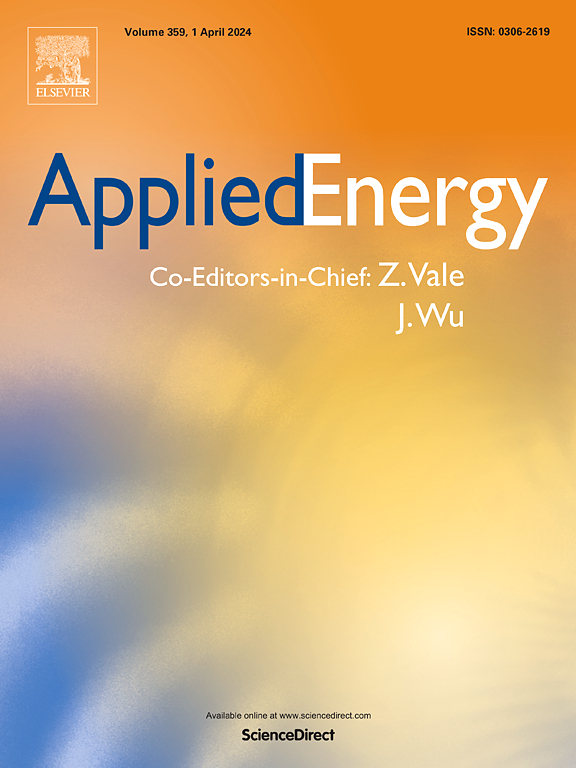A review of wind energy harvesting technology: Civil engineering resource, theory, optimization, and application
IF 10.1
1区 工程技术
Q1 ENERGY & FUELS
引用次数: 0
Abstract
The structural performance of civil infrastructure deteriorates over time, highlighting the need for data from wireless sensor networks installed on tall buildings, tunnels, and long-span bridges for effective maintenance. However, ensuring a sustainable power supply for these structural health monitoring systems remains a significant challenge. A promising solution is the development of self-powered wireless sensor networks using micro harvesters that harness ambient wind energy, particularly through flow-induced vibrations. This area has recently garnered considerable attention, particularly due to advancements in miniaturized wind turbines. This paper comprehensively reviews the latest advancements and research trends in wind energy harvesting technologies relevant to civil infrastructure. First, we investigate wind resources from high-rise buildings, bridges, and tunnels associated with high-speed trains, summarizing their characteristics and optimization strategies for efficient energy harvesting, in addition to an analysis of wind field and power generation. Next, we outline the fundamental energy conversion mechanisms for wind harvesting, which are crucial for designing and developing new energy harvesters. The characteristics of the three main energy conversion mechanisms, including electromagnetic generator (EMG), triboelectric nanogenerator (TENG), and piezoelectric conversion are investigated, along with their hybrid methods. Further, we also delve into various wind-induced vibrations, including vortex-induced vibrations, flutter, galloping, and wake-induced vibrations, along with their respective coupling mechanisms. Additionally, we provide a comparative analysis of some efficient harvesters, including their operational principles and quantitative analysis of their start-up velocity, outpour voltage, and power. In particular, several representative chips are reviewed, with a qualitative analysis provided as a reference for the circuit design of self-powered wireless sensors. Finally, we address methods for energy conversion and storage methods with low power consumption for structural health monitoring systems, supported by relevant case studies, including hybrid prototypes of small wind turbines to power monitoring sensors. These include a hybrid prototype of small wind turbines for powering monitoring sensors in railway tunnels and an innovative wind harvester, the “Inverted Flag” designed to power a temperature sensor. This work promotes a comprehensive understanding of energy harvesting technologies in civil engineering and supports the development of practical, self-powered monitoring systems for infrastructure.
求助全文
约1分钟内获得全文
求助全文
来源期刊

Applied Energy
工程技术-工程:化工
CiteScore
21.20
自引率
10.70%
发文量
1830
审稿时长
41 days
期刊介绍:
Applied Energy serves as a platform for sharing innovations, research, development, and demonstrations in energy conversion, conservation, and sustainable energy systems. The journal covers topics such as optimal energy resource use, environmental pollutant mitigation, and energy process analysis. It welcomes original papers, review articles, technical notes, and letters to the editor. Authors are encouraged to submit manuscripts that bridge the gap between research, development, and implementation. The journal addresses a wide spectrum of topics, including fossil and renewable energy technologies, energy economics, and environmental impacts. Applied Energy also explores modeling and forecasting, conservation strategies, and the social and economic implications of energy policies, including climate change mitigation. It is complemented by the open-access journal Advances in Applied Energy.
 求助内容:
求助内容: 应助结果提醒方式:
应助结果提醒方式:


